We have dreamt for years about writing this post. And it’s even better than we had imagined.
When we were first hired by Bayer Properties to consult on The Pizitz Food Hall, we promised each other that we would use this opportunity to bring Ethiopian food to Birmingham.
Having lived in Philly, a city with a large Ethiopian community and several well-loved Ethiopian restaurants, we were used to having Ethiopian food whenever we pleased. When we moved down here nearly 6 years ago, Ethiopian food was one of the first things we looked for (along with good sushi, dim sum, and a few other big city staples). We found nothing. In fact, what we found was that according to this website, there’s no Ethiopian food in the entire state of Alabama.
We know for a fact that we are not alone in our quest for Ethiopian food. Searching for local Ethiopian food, or bemoaning the lack thereof, is one of the most common reasons why people contact the blog. Last year, when we posted a blurry photo of Ethiopian food to announce that Ethiopian food would be coming to The Pizitz Food Hall, the post was shared on social media 6000 times, a record for the blog.
If you’ve never had Ethiopian food before, you might wonder, what’s all the fuss about? Why has Ethiopian food become such a sought-after dining experience and almost a benchmark for a city’s “arrival”?
Actually, this question has been posed to us quite a bit during this project, so we did a little research. Turns out that the guy (Harry Kloman) who runs the website I cited above has also written a book, Mesob Across America: Ethiopian Food Across the USA. (Mesob are the straw tables that food in Ethiopia is typically served on-more about that in a minute.) In his book, he talks about the Ethiopian migration to the US, which began in earnest in the 1970s and 1980s due to political unrest and severe famine at home. While the first Ethiopian restaurant in the US was actually in California, the hub of Ethiopian cuisine in the US has long been Washington DC, where many Ethiopian immigrants have settled. Other cities with large Ethiopian immigrant populations like Chicago and Philly followed suit. These restaurants often serve as social hubs for the Ethiopian community and a great ethnic food option for others. Ethiopian food has also sprung up in cities with even just one Ethiopian family-these restaurants have had great success serving almost exclusively non-Ethiopian customers.
To address the reason Ethiopian food is so highly sought-after by those who have had it, Dr. Kloman quotes another author who says, “hearty, spicy, exotic-it’s everything yuppies want.” (And like it or not, people tend to follow the yuppies.) Not only is the food fantastic, but the dining experience-eating off of platters (gebeta) placed on mesob; eating with your hands, an experience that is certainly not specific to Ethiopian cuisine but is uncommon in Western cultures; eating in a communal fashion; using delicious fermented bread (injeera) to scoop up the food, which is made of ingredients with which Americans are familiar (beef, lamb, chicken, a variety of vegetables, potatoes); all of these things mean that Ethiopian dining is at once unique and familiar.
All of that brings us to tonight. Knowing how important it was to bring Ethiopian food to Birmingham, we traveled to Nashville and Atlanta to find the best place. Many thanks to our good friend Victoria for her help-because if you’ve ever eaten Ethiopian food before, you know that eating at many places in one day isn’t easy. During our Atlanta trip, we tried four (!!). She encouraged us to keep going, even when we didn’t think we could. The very last one was a small, homey restaurant in a strip mall. Once you walk through a doorway made of strands of beads, you enter into something that could be someone’s living room. The food was by far the best we’d had, and on par with our Philly favorites. They even made their own injeera and did a traditional Ethiopian coffee ceremony. It was called Ghion Cultural Hall. We knew this would be the place. That was December, 2015.
Fast forward one year and two months. The Pizitz Food Hall is open. And here is its first full service restaurant:
This facade is a great example of the amazing collaboration between Yellowhammer Creative, Appleseed Workshop, and the stalls owners. It draws heavily on the appearance of a traditional African storefront but with a modern touch. (Pictured above, left to right: owners Tizith and Amanshwa, manager Winnie.)
Go inside, and you again see modern and traditional elements side by side. A sleek bar next to barstools with traditional backs and cow hide seats. Mesob surrounded by lower versions of the same.
Owners Amanshwa and Tizith invited us to ask 20 of our closest friends for a preview dinner tonight. We purposely invited both people who had lots of Ethiopian food experience and newbies. Not surprisingly, the roster filled up almost immediately after I sent the invitation.
Nothing gave us greater pleasure than to see our friends’ excitement as they experienced everything that is unique about this restaurant – from its aesthetics to, of course, its food.
We had the opportunity to watch Amanshwa and the staff prepping. Here are some shots from that:
They suggested that they bring out a sampling of their offerings. Every table received one of these large platters:
Now close-ups. Note that the food is served on a layer of injeera, which soaks up all of the delicious juices and spices and is an end-of-the-meal treat. The doro wot (dark meat chicken with a hard boiled egg) is always in the center.
Collards:

Yellow lentils:
Beef tartare, next to fresh cabbage and green beans:
Beef tibs, next to beef tartare mixed with cheese:

Spicy red lentils next to carrots and potatoes:

Note that if you were ordering from the menu, you would pick which item you wanted and that item, along with the items chosen by others at the table, would arrive on a common platter. Several options include combinations of items, including a large veggie platter (which is also vegan).
The food is eaten by taking a small piece of re injeera, which is made in-house, and using it to scoop up a bite sized portion of food like so, as Mr. Foodie demonstrates:
There’s nothing like eating with old or new friends with your hands to bring people closer together. This is the essence of the Ethiopian dining experience-as restaurant manager Winnie explained, in Ethiopia, people never eat alone.
The experience of eating Ethiopian food is both dining and entertainment. It demands conversation between dining partners, especially about the food itself. What is this made of? What spices are being used? What is your favorite item? Have you had this before? How excited are you to have this in Birmingham???
And that was what the dinner was like. Everyone marveled over the tenderness of the doro wot, freshness of the soft cheese, and fought over the hard boiled egg in the center. The beef tartar with and without cheese were bright and flavorful. The beef tibs stood out with its bold spices, and the collards were perfectly seasoned. The red lentils were spicy and hearty, and the yellow lentils were mild and creamy. The lamb was some of the best we’d had. Everyone had an opinion on their favorite item, and everyone was of course right.
Make new friends, but keep the old:
Towards the end of dinner, Winnie emerged:
She was wearing the traditional Ethiopian dress worn to important celebrations like weddings. It was intentional that she also wore it tonite. She took several minutes to welcome us and explained the restaurant’s significance to her and her family as the first of its kind in Alabama.
And as if this amazing dinner wasn’t enough, she invited us to participate in an Ethiopian tradition. Some believe Ethiopia is where drinking coffee first originated, and an Ethiopian coffee ceremony is an important ritual after meals. Tizith came to each table to offer us a chance to smell the coffee. Following Winnie, Amanshwa, and Tizith, we exited the restaurant to find this awaiting us:
A traditional coffee ceremony is conducted at this traditional table, with incense burning and some snacks for communal eating, of course. Here’s a beautiful close-up of the incense:
Winnie poured all of us a cup and passed around the popcorn. Note that when this is ordered in the restaurant, a small version can be performed tableside.
Our group drank coffee, mingled with Winnie, Amanshwa and Tizith, and generally enjoyed the hot coffee on a slight chilly night. By the end of the evening, everyone had made at least a few new friends.
Ghion Cultural Hall and its communal, traditional Ethiopian approach to dining, exemplifies the thing we love most about The Pizitz Food Hall. It has become a gathering place. It was always our hope that by creating such a diverse foodscape, so to speak, people of diverse backgrounds would feel welcome to enjoy this new experience together. In observing the Food Hall over the past few weeks, this hope has become reality. We can’t recall a time in Birmingham where we’ve seen this many people of all ages, races, ethnicities, genders, sexual orientations, and walks of life in one space. And as the first and only Ethiopian restaurant in our state, Ghion is really the cornerstone of these efforts. So while we hope you’ll come to the Food Hall and to Ghion to enjoy an outstanding meal, its presence means so much more to Birmingham than that.
Opens tomorrow, 11:30am for lunch. Will stay open for dinner until 9pm.
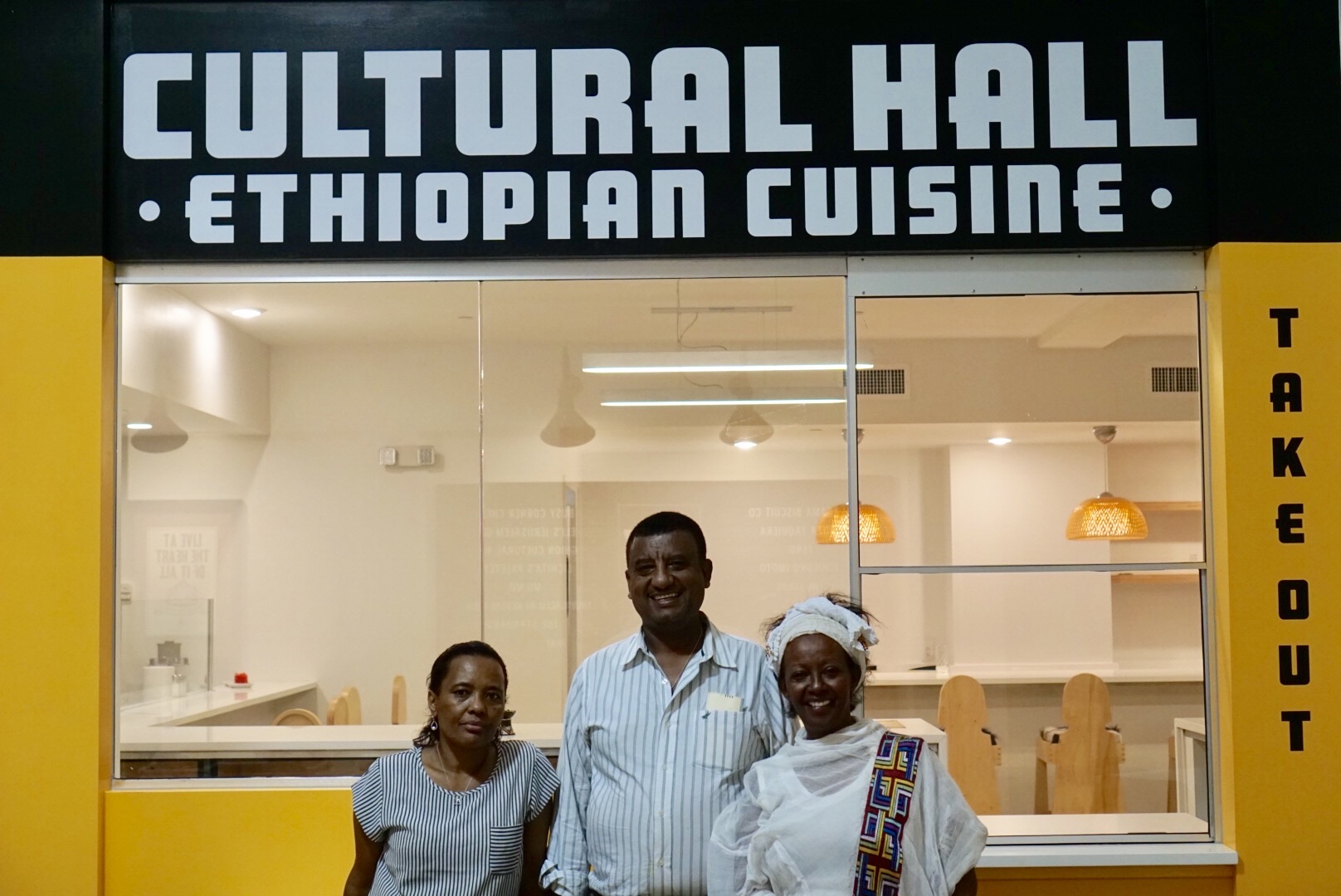

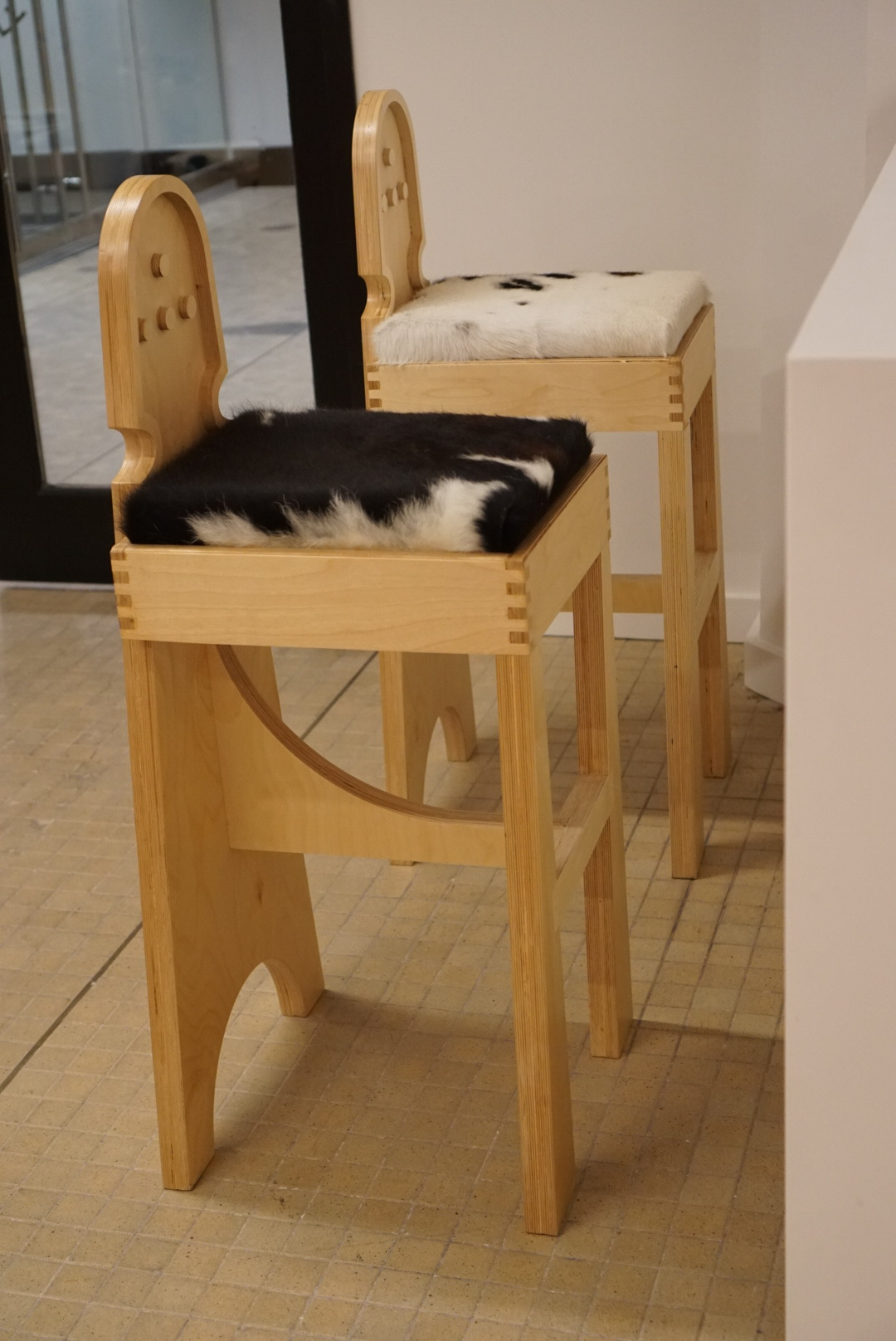
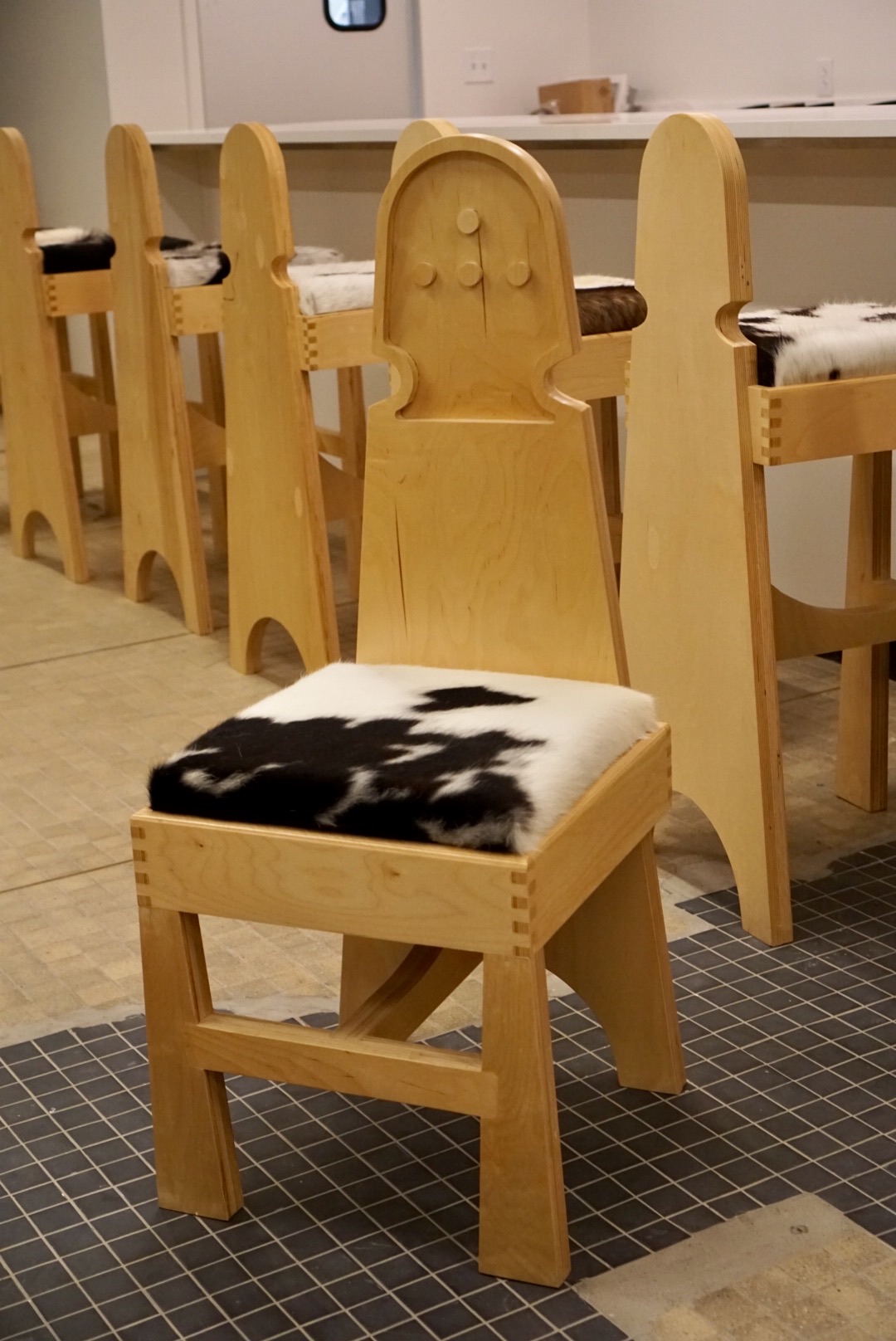




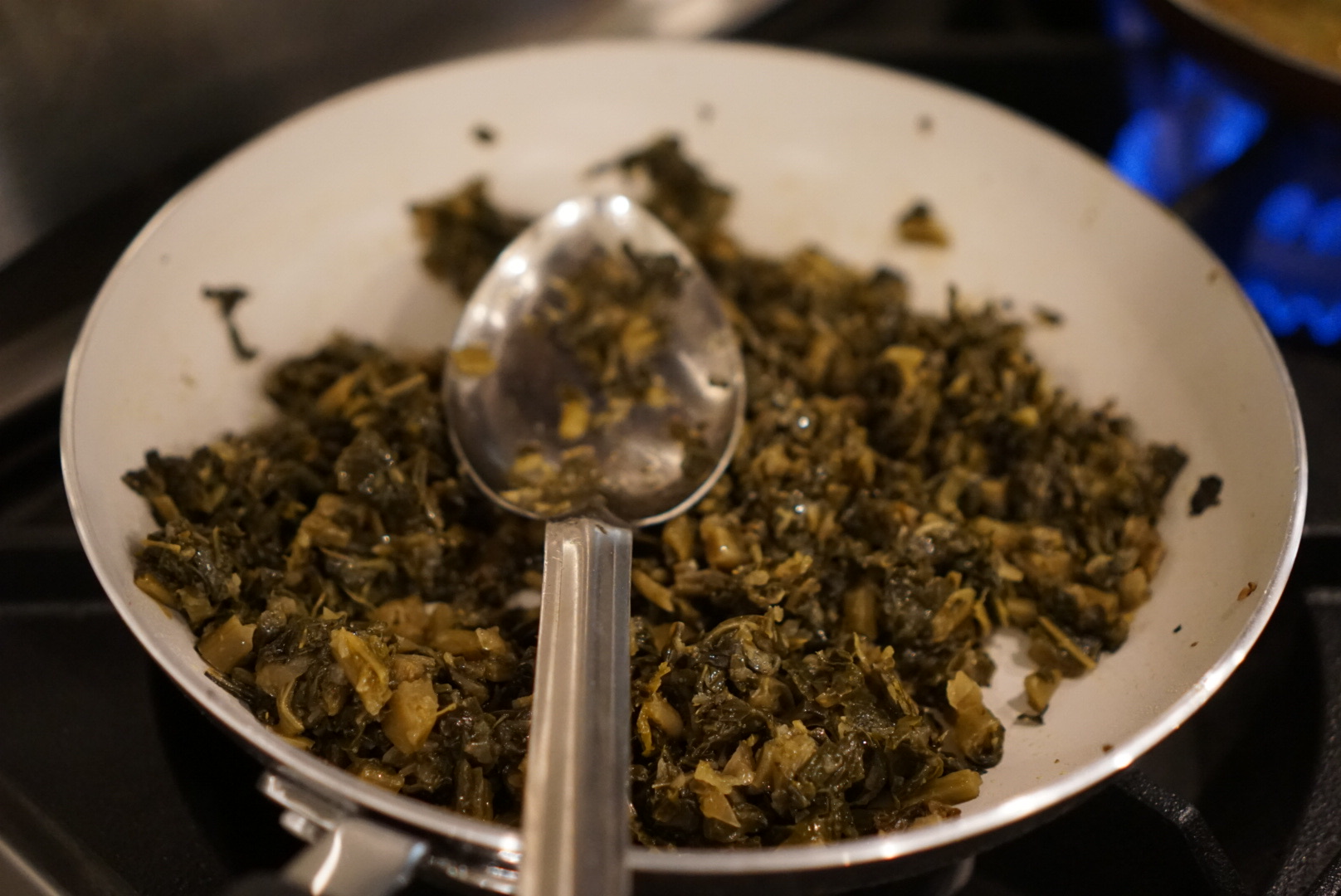


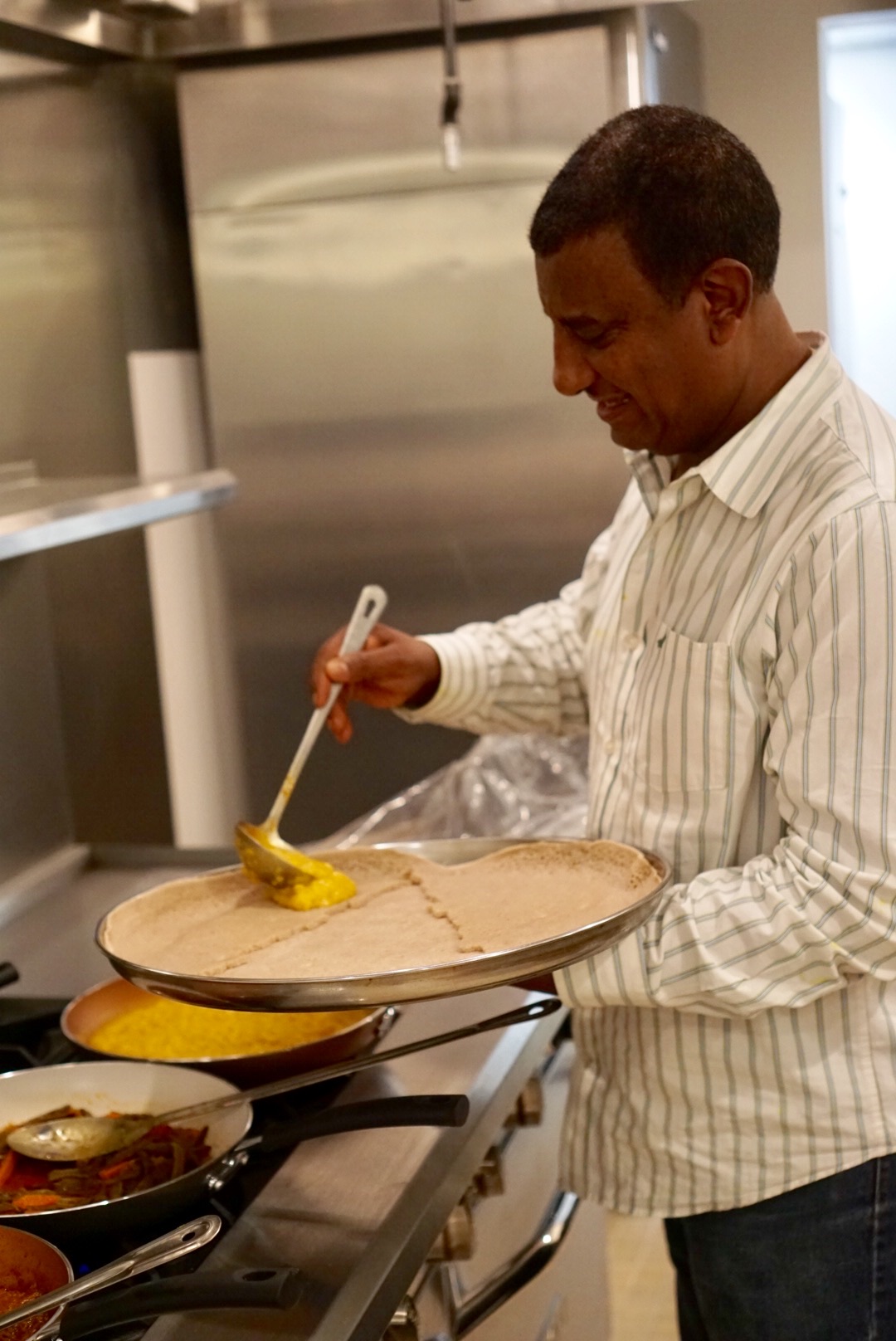


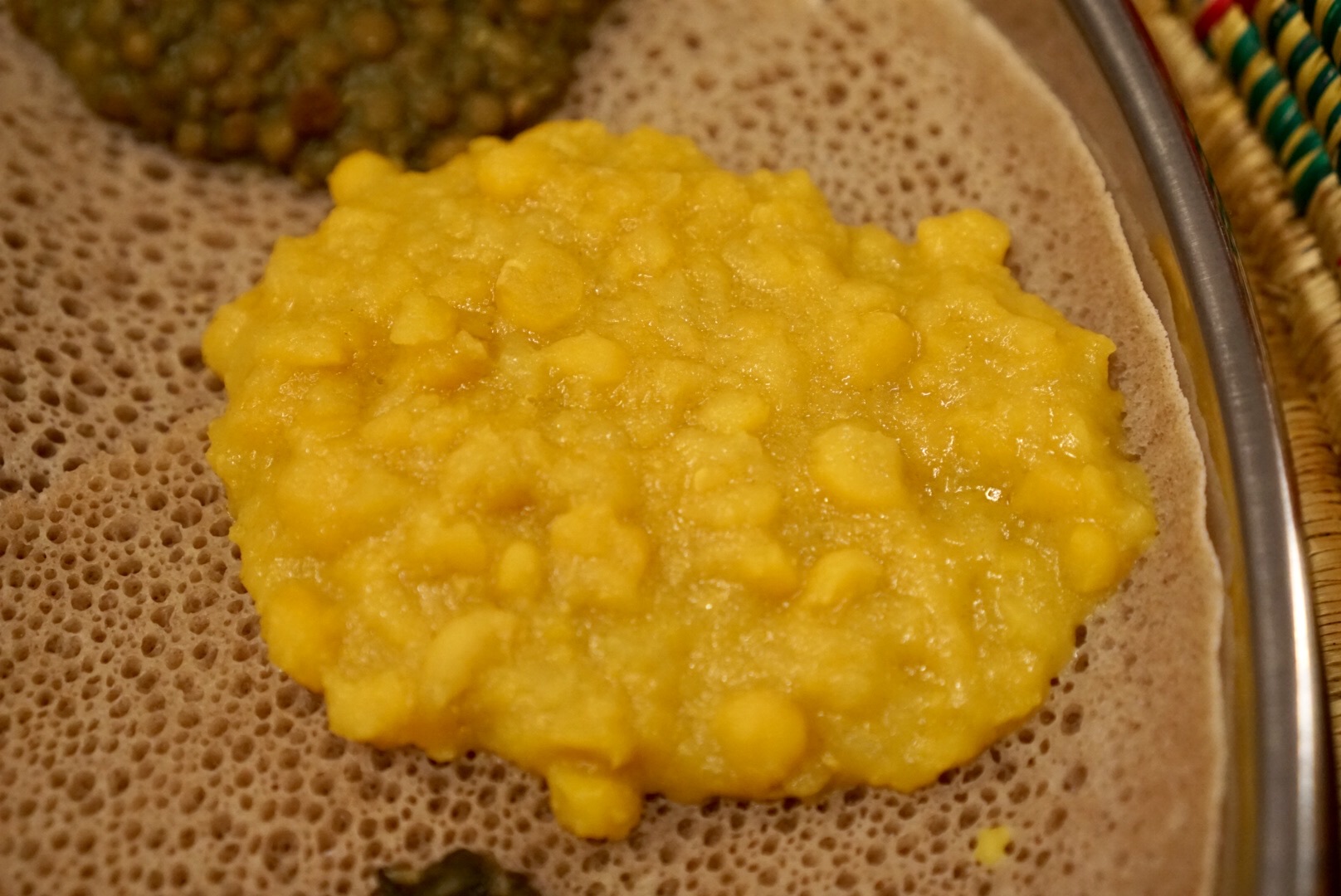



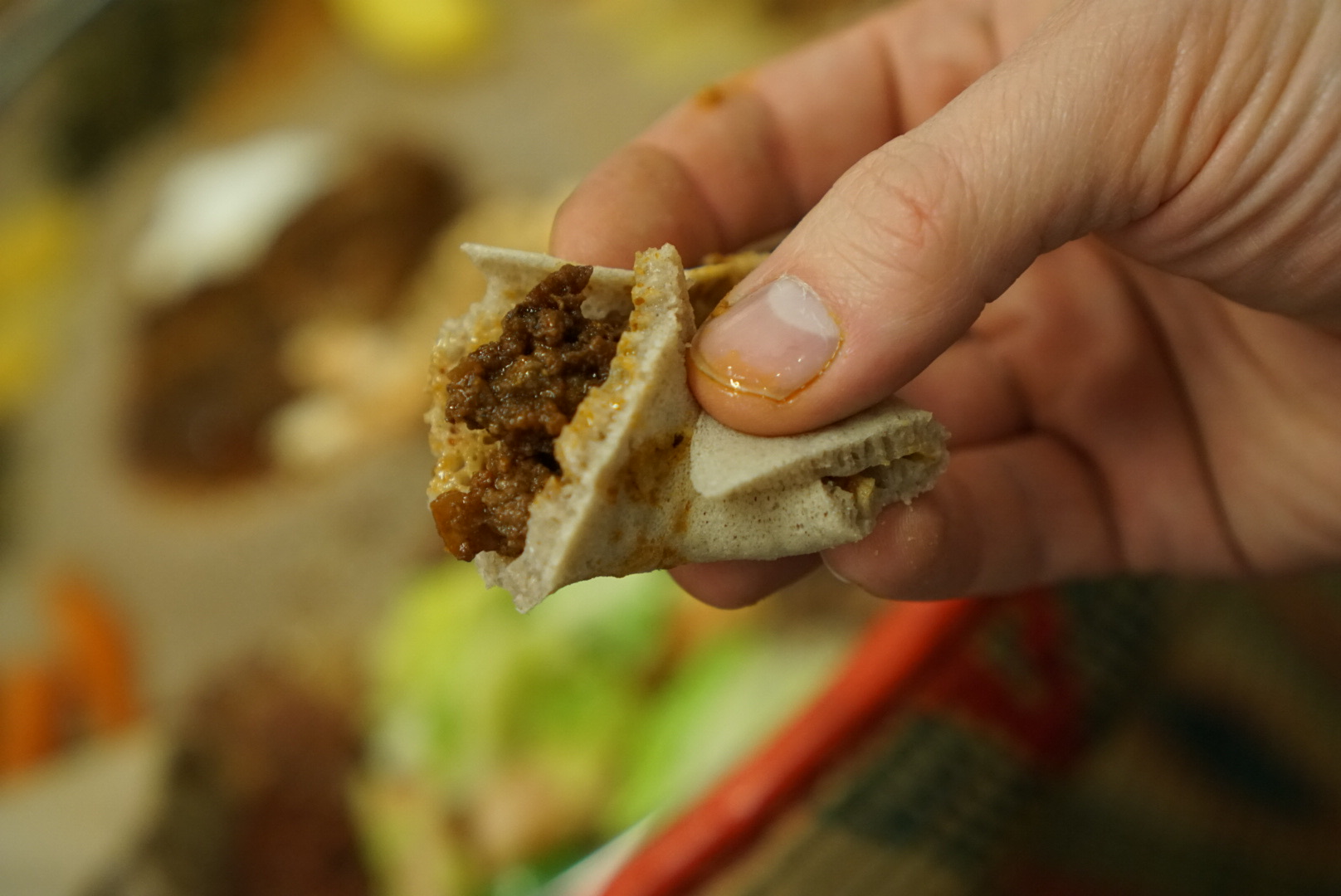
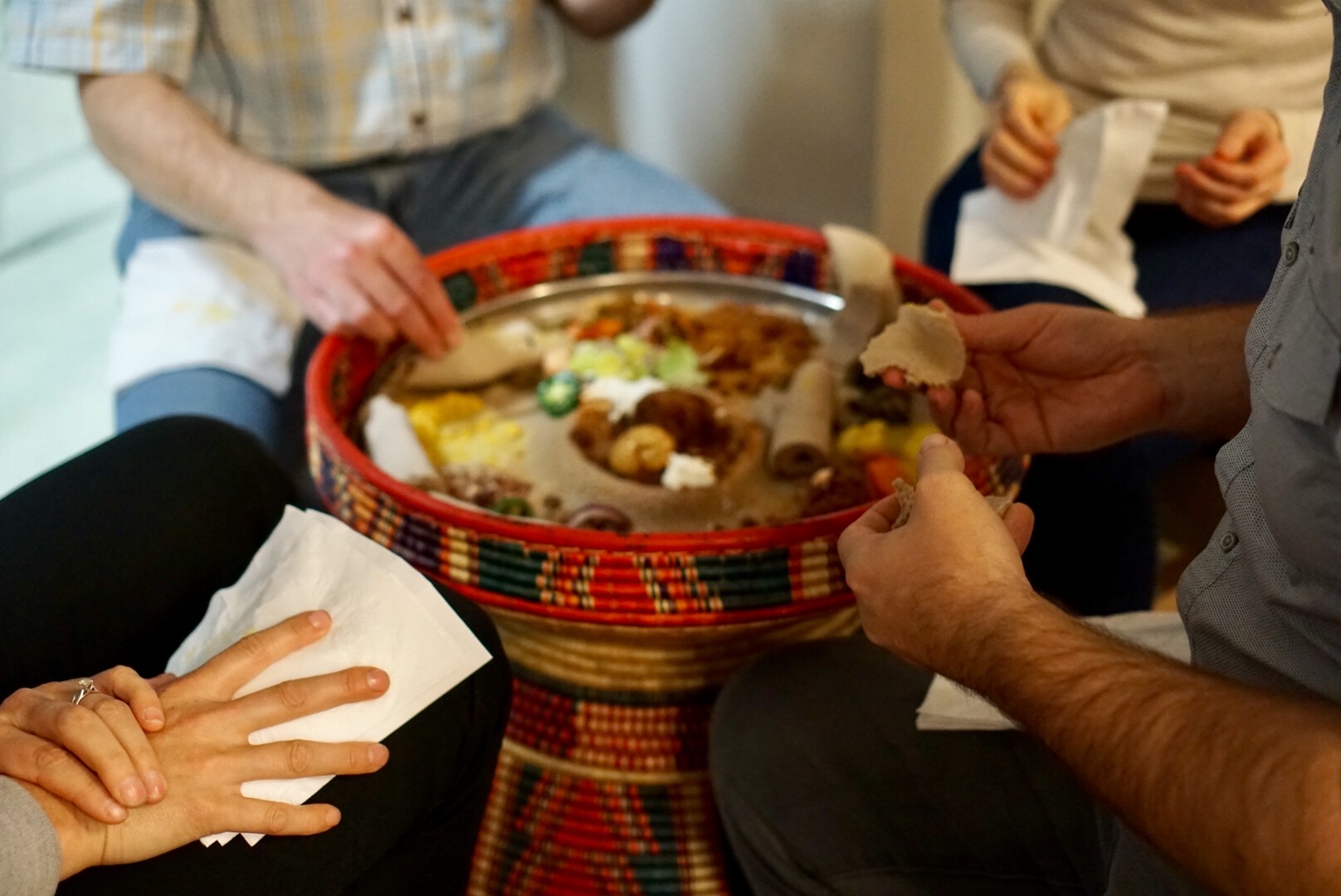





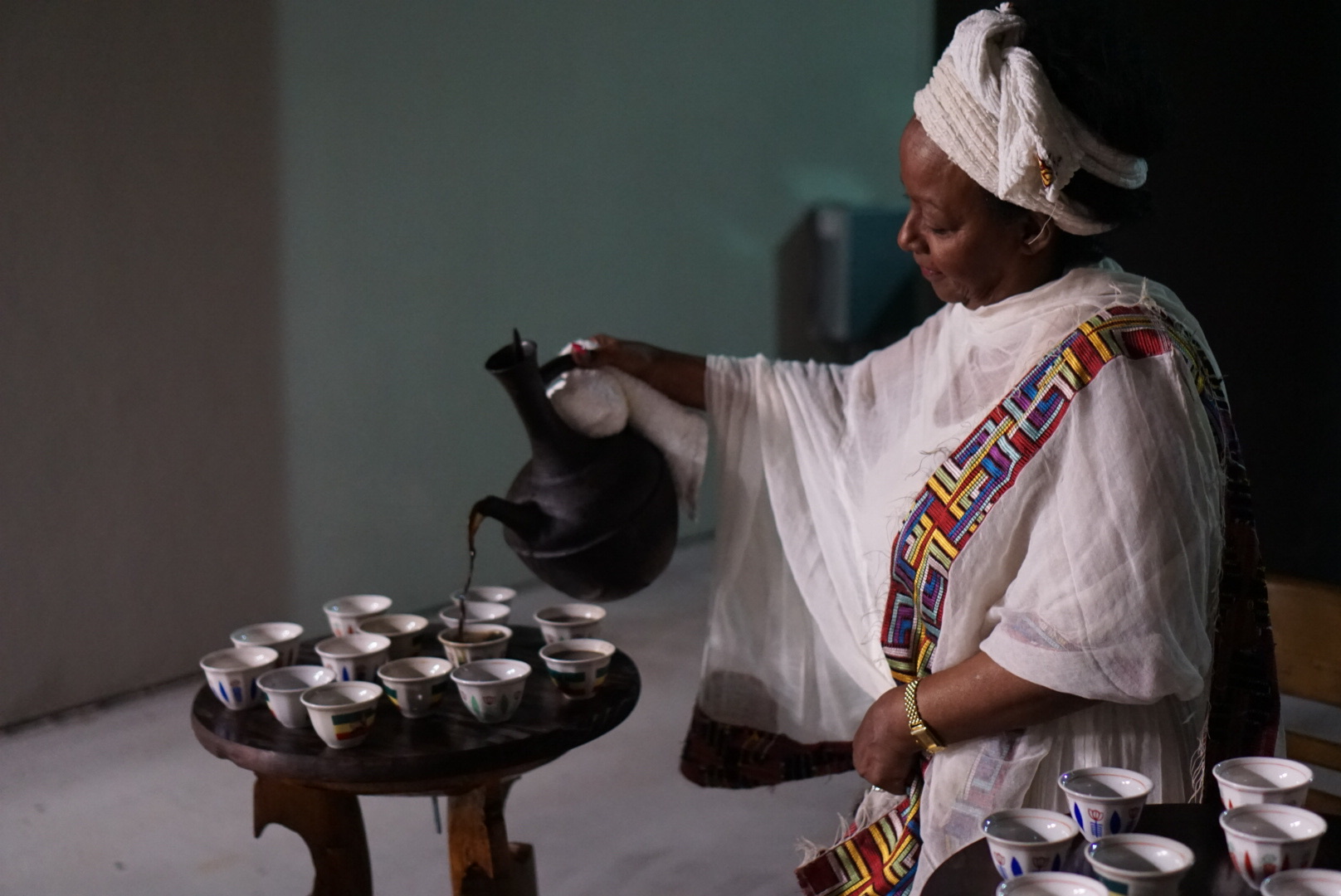

Stacey
I’m intrigued…definitely will check it out
Bill
We loved Ethiopian in Boulder with our cousins, and will down at Pizitz to try the version soon.
LibraryLady
We had Ethiopian in Berkeley (twice in one visit, we liked it so much!) and was so excited to hear about our new Bham location. Can’t wait to try it!
Brandon
I can not wait to try this! Bham so needs more diverse food and cultural options!
Anthony
I will try